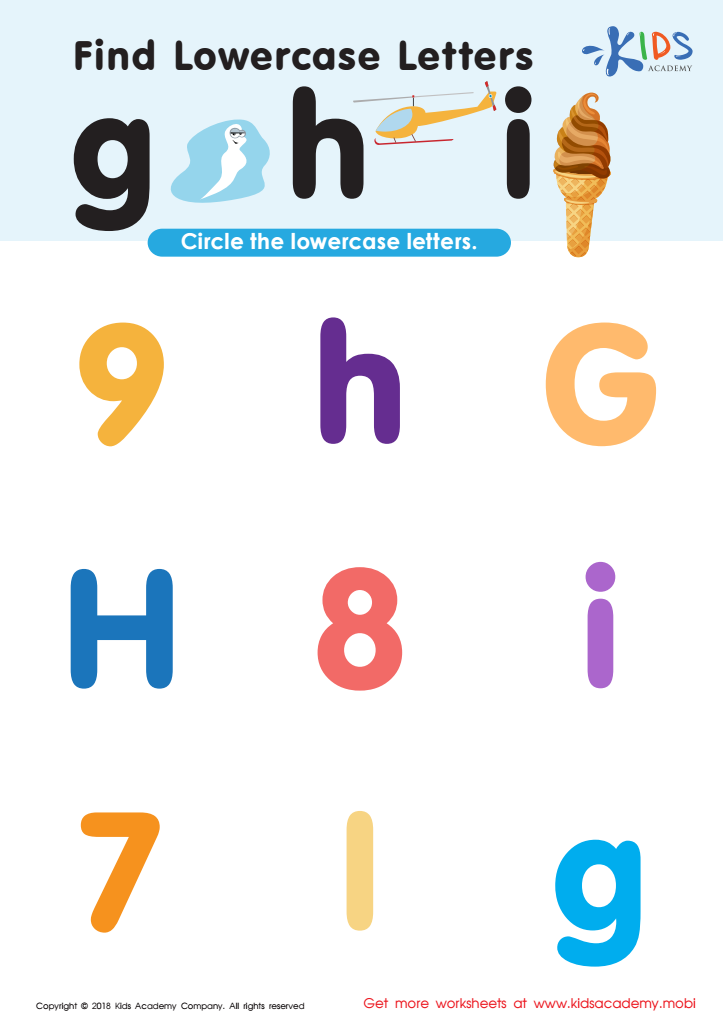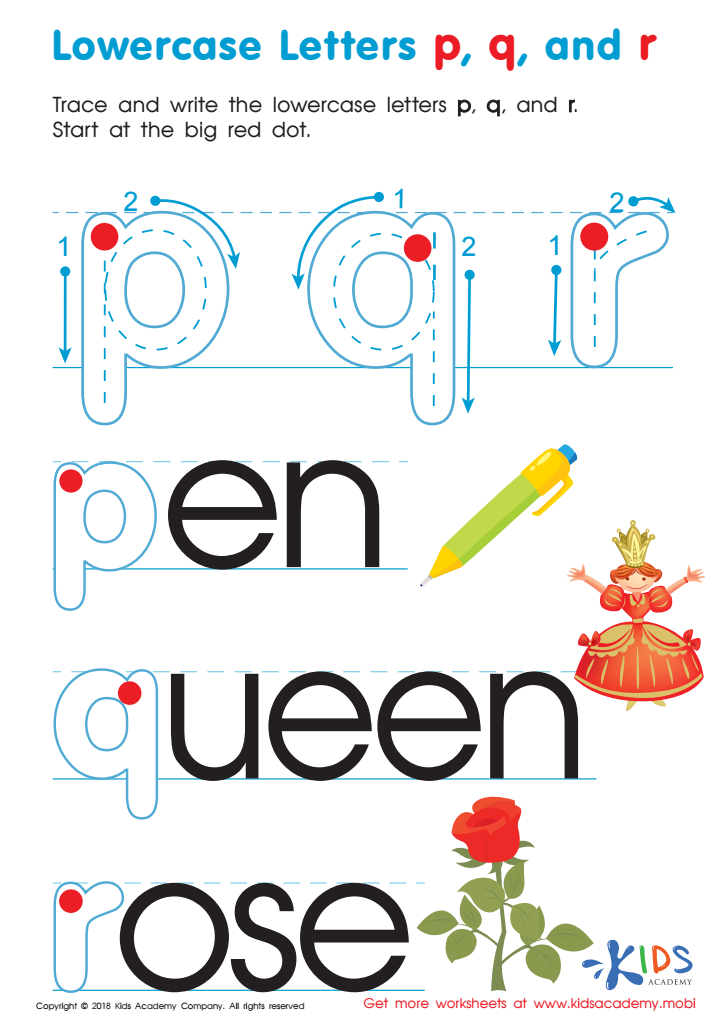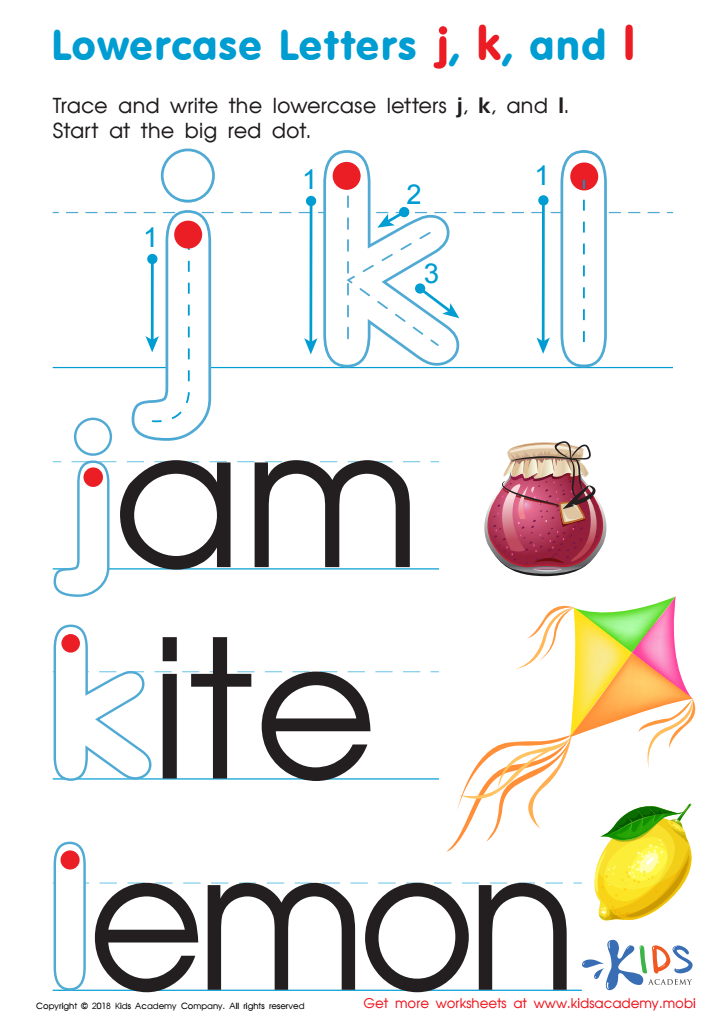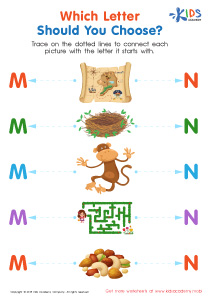Alphabet sequencing Normal Lowercase/Small Letters Worksheets for 4-Year-Olds
3 filtered results
-
From - To
Enhance your child's early literacy skills with our Alphabet Sequencing Normal Lowercase/Small Letters Worksheets, designed specifically for 4-year-olds. These engaging and educational worksheets guide children through the sequence of the alphabet, helping them recognize and order lowercase letters. Perfect for beginners, each page provides a fun and interactive way to practice letter identification and sequencing. Whether used at home or in preschool, our worksheets build a strong foundation for reading and writing. Foster your child's learning journey with these effective and playful resources, expertly crafted for young learners.


Find Lowercase Letters g h i Worksheet


Lowercase Letters p q r Worksheet


Lowercase Letters j k l Worksheet
Alphabet sequencing in lowercase or small letters is foundational for early childhood education and plays a crucial role in a child's literacy development. At the age of four, children are at a prime stage for absorbing new information and forming the building blocks for reading and writing skills. Understanding and sequencing the alphabet in lowercase letters sets the stage for several critical learning milestones.
Firstly, many printed materials, from storybooks to educational resources, predominantly use lowercase letters. Familiarity with these letters enables children to recognize words consistently and accurately as they encounter them in everyday contexts. This recognition is essential for fluent reading and comprehension, fostering a love for reading from an early age.
Secondly, gaining proficiency in sequencing the alphabet helps children develop organizational and cognitive skills. It allows them to classify and order information logically, which is a foundational skill for all learning disciplines.
Teaching proper alphabet sequencing also enhances fine motor skills, as children often practice by writing the letters. This practice prepares their hands for more complex writing tasks and helps ensure better handwriting as they progress through school.
Overall, parents and teachers should prioritize this aspect of early education to build a strong literacy foundation, facilitating lifelong learning, effective communication, and overall academic success.
 Assign to My Students
Assign to My Students









